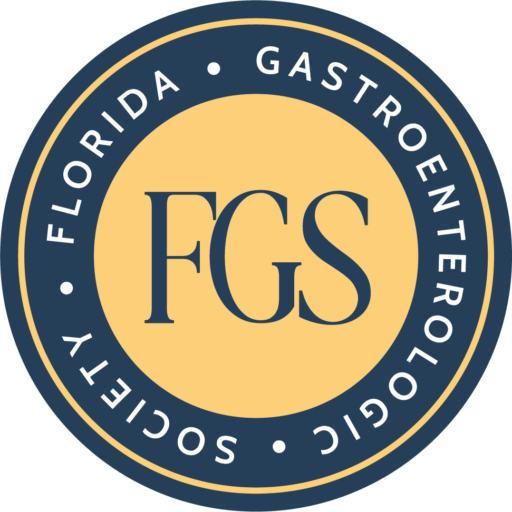A MedMal Storm Is Brewing…
“The edges are cracking but the core remains firm and determined,” is how I recently described the present state of our malpractice insurance market for healthcare providers in Florida. Cracking edges in our notoriously cyclical professional liability insurance market in Florida look like increasing claims against Florida doctors, many new lawyers in the state suing our doctors more often, and a rather-alarming trend in greatly increased average of claims paid to plaintiff patients for the third year in a row, leading to serious losses for a number of the popular insurers of our state’s physicians and surgeons. With all of those stressors in the market one might conclude that insurers are already heading for the exit doors, as they did in the last two instances of our market hardening, but most carriers are hunkering down to weather these tougher, less-profitable days for the insurers. One would naturally expect big rate increases to be the new normal in the market, but almost no insurers have announced any significant increases to date for our doctors. The real question is how much longer will many of the least-profitable insurers hold out until they need to substantially increase rates, sell their companies, or pull back or even exit Florida completely to sell policies in states with less-volatile market conditions?
For the best look behind the marketing themes, glossy advertisements, and highly competitive agents vying for doctors’ business, we look to the annual State of Florida Office of Insurance Regulation’s latest report titled 2017 Medical Malpractice Financial Information – Closed Claims Database and Rate Filings. Here are the most significant findings in the report in my opinion:
- The total premiums paid in 2016 by healthcare providers and facilities in Florida were $550 million, the fourth-largest amount of all the states in the United States.
- The very important measure called the “combined loss ratio” of all of the top 20 insurers of healthcare providers and doctors in Florida worsened from 101% in 2015 to 104.7% in 2016, representing only the second loss for insurers in the last 13 years. If we break out just physicians and surgeons from facilities, then the insurers’ losses are even worse, at 121%, which means for every hundred dollars paid in premium the insurers lost $21. It is hard to make this up on quantity! (This does not factor in the insurers’ investment returns, which help, but in this low-interest-rate time their mandated conservative investments will not come close to handling such a high combined loss ratio.) Yes, these cracks are serious!
- The top 20 insurers in Florida in this market on average had over an 11% direct loss of their surplus in 2016! They are almost literally throwing their money at the losses to try to stem the bleeding, but how long can they or will they keep that up?
- In 2016 there were 3,173 claims closed with payments, up 14.7% from the 2,766 closed with payments in 2015.
- For claims that were closed with payments, on average over $1.149 million was paid to each patient plaintiffs, for legal fees, and court costs. But here is the staggering trend: that payment amount in 2016 was an increase of 31% from 2015, and the 2015 amount was 34% higher than in 2014!!! These cracks are deep and wide!
- There are some rather-startling combined loss ratios of three popular insurers of Florida doctors. Remember, a 100% combined loss ratio is break-even for an insurer before investment returns:
MagMutual: #2 insurer of doctors in Florida, with a 16% market share – 130.6% combined loss ratio.
NORCAL: #4 insurer of Florida doctors, with a 7.8% market share – 219.9% combined loss ratio.
Evanston: A popular Excess and Surplus (E&S) insurer – 188.9% combined loss ratio.
The good news is that the market is still holding, with numerous insurers offering coverage to our doctors, with fairly stable rates so far. In fact, 80% of our state’s doctors are insured with admitted market insurers versus only 5% with the non-admitted E&S lines insurers, and 15% with Risk Retention Groups (RRGs). As market conditions deteriorate in the coming years, that mix will change, with many more of our doctors, particularly those with claims issues, being forced out of the standard admitted markets into the pricier E&S insurers.
My advice is similar to last year’s: Doctors and administrators should seriously consider moving their coverage to the stable, financially solid insurers that have decades of Florida claims-handling experience and the ability to financially weather the increasing stresses on our Florida malpractice insurance market.
Contributing Author: Matt Gracey
To learn more about your Risk-Purchasing Group membership benefit as an FGS member, head over to our RPG page to learn more!
